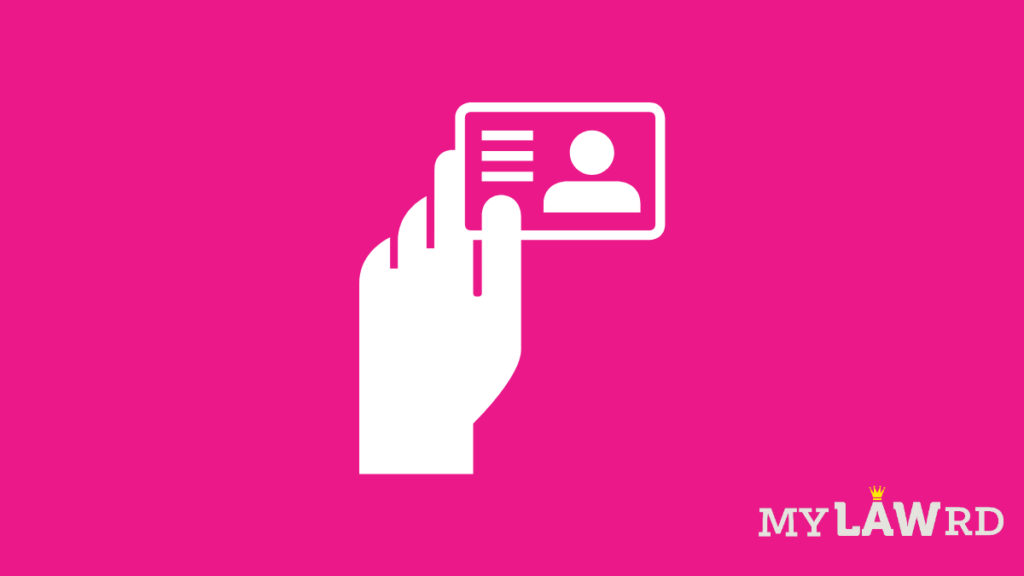If you are living in India, you know what Aadhaar is. And then you most probably know that it is a unique number used to identify an Indian citizen, and is very often “unofficially necessary” in order to access basic services. But we also fear showing our Aadhaar ID at every place, since it contains highly sensitive details. E-Aadhaar & masking is one solution that could help us save our privacy.
At the time of enrolment, a person has to provide a minimum set of personal details, such as demographic and biometric information. The Central Government maintains a central database that stores all these details linked with an Aadhaar ID. The data stored and associated with each ID is highly sensitive. Therefore, it is extremely important to protect this unique ID from mala fide misuse.
Can criminals Misuse Aadhaar numbers?
Yes. Criminals can misuse your Aadhaar and the associated ID number in multiple instances. They can commit a crime, cyber fraud, or similar activity by using your ID if you ain’t careful.
We often flash our entire Aadhaar details for identification and even allow the entities/organizations to keep a copy of it, albeit hesitantly, reckoning there are no adequate data protection practices. And that is not unreasonable, to think of, there have been multiple instances wherein Aadhaar details including phone number, house number, and other private information, leaked online. A quick online search shows it is usually a third-party security lapse that results in such a data leak.
Combine this data with some smart social engineering, and you have a recipe for defrauding unsuspecting victims.
Also read: How is cyber crime enabled through misuse of data?
Often, fraudsters impersonating company/ bank employees make you believe that they are genuine by quoting your Aadhaar number. Once a fraudster has secured your trust, he may cause monetary or legal damages.
Even worse, you could also be acting as an accomplice to a crime without having actual knowledge. An individual could also be a victim of religious, caste-based, and community profiling.
Enter E-Aadhaar
We generally use Aadhaar as an identity proof where we show it for authentication purposes. Further, the UIDAI issues Aadhaar is in the form of a physical card. This card carries unique identification digits which are difficult to conceal.
If an individual gives his Aadhar card for identification purposes, the unique digits lay bare for any person to see. To remedy this situation, a need for an alternate and more secure mechanism was felt wherein only limited amount of information was visible on the Aadhaar.
As such, the UIDAI introduced E-Aadhaar as a password-protected electronic copy of Aadhaar, which it digitally signs. The E-Aadhaar also masks their ID number.
How to mask your Aadhaar Card?
A masked Aadhaar option lets you to hide all but the last 4-digits of your Aadhaar number. When you download this version of your Aadhaar, your photo, QR code, demographic information, and other details will still be present.
You can use the E-Aadhaar version can as identity proof anywhere. You can provide a masked Aadhaar to verify your photo along with the last 4 digits of the unique ID (the first 8 digits are represented as XXXX-XXXX).
There are essentially five easy steps to download E-Aadhaar:
- Visit the official website of UIDAI- uidai.gov.in
- Click on ‘download Aadhaar’ option
- Enter the details as required by the portal
- Choose the option ‘masked Aadhaar”
- Enter the OTP received to download your masked Aadhaar
A masked Aadhaar is difficult to manipulate. Since the UIDAI digitally signs it, it is a privacy solution that does not compromise on validity.
Do subscribe to our Telegram channel for more resources and discussions on tech-law. To receive weekly updates, don’t forget to subscribe to our Newsletter.

